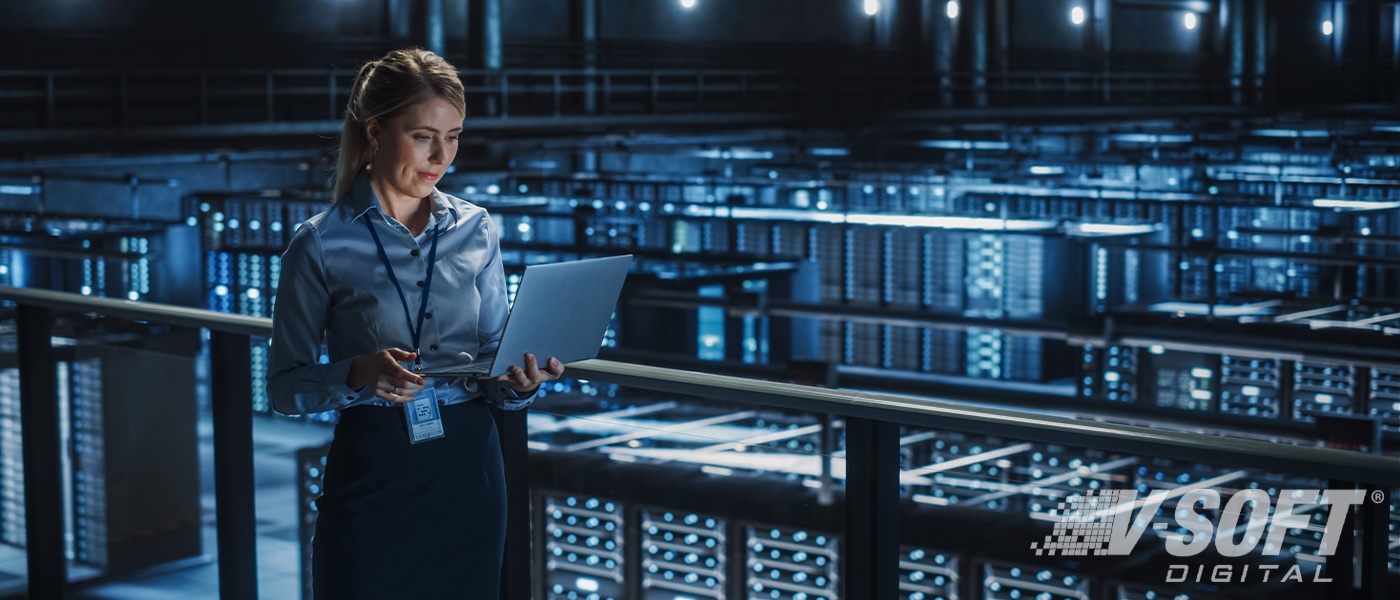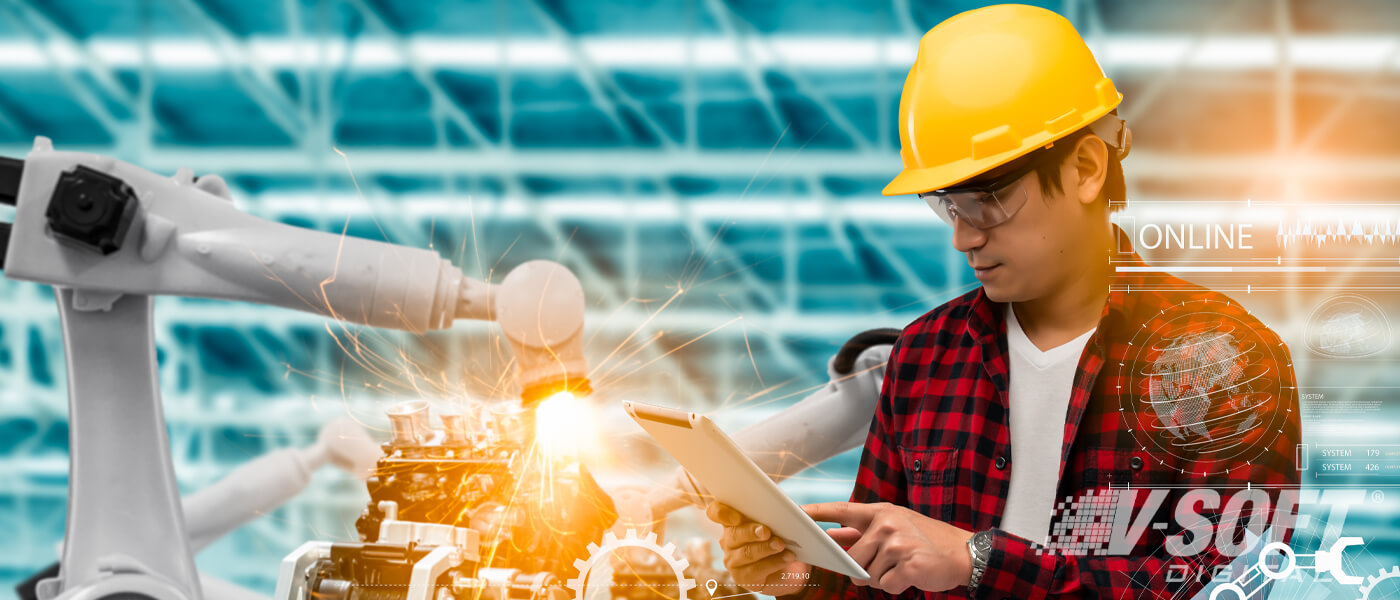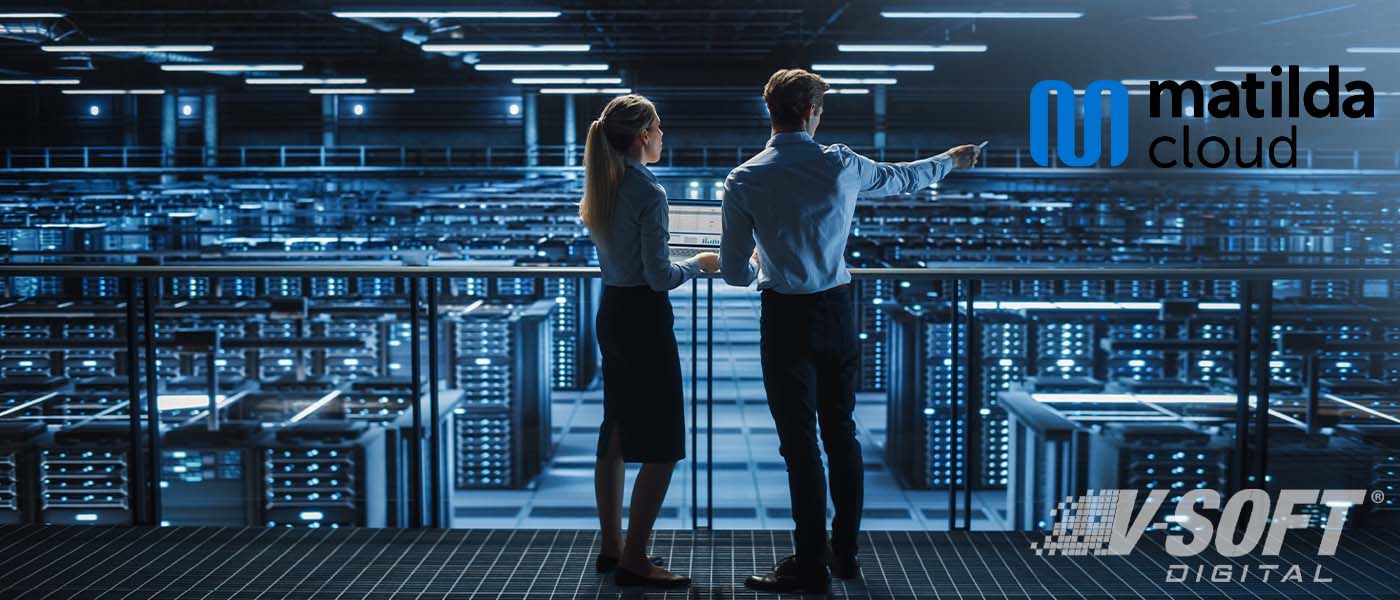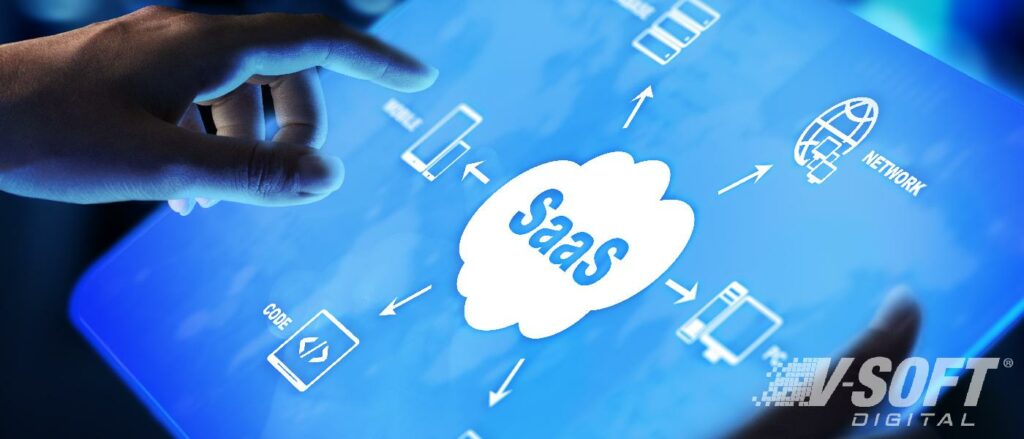Edge Computing vs Cloud Computing: Can They Work Together?
Enterprises are increasingly adopting cloud computing to overcome many of the challenges they face. With the cloud, the cost and effort required to build and maintain infrastructure for an organization’s computing and storage requirements is significantly reduced. For all its benefits, however, there are circumstances when cloud computing alone does not meet an organization’s needs. This is where edge computing comes in.
What is Cloud Computing?
Cloud computing refers to running a workload in the cloud, which is an IT environment that allows abstraction, pooling, and sharing of scalable resources over a network. These cloud resources including computing, storage, and networking can be shared by multiple users who can use it dynamically, depending on the workload. The cloud can be categorized into public clouds, private clouds, hybrid clouds, and multiclouds.
Public Cloud – A public cloud is a multi-tenant environment owned and managed by a third party whose resources can be utilized by multiple users on a pay-per-use basis over the internet or through a dedicated connection.
Private Cloud – A private cloud is a single-tenant environment whose resources are available to a single user only. The infrastructure is dedicated to the organization’s needs and is sometimes located on the premises for additional security.
Hybrid Cloud – Hybrid cloud is an environment that combines public cloud, private cloud, and on-premises architecture. This allows for much greater agility.
Multicloud – Multicloud refers to the use of more than one cloud whether public or private, but of the same type.
What is Edge Computing?
Sending data to remote cloud servers for storage and processing may not be ideal in all situations. From bandwidth and latency issues to cost and security, relying on cloud computing for all their needs may not be as effective for some businesses. This is where edge computing comes in. In edge computing, data is stored and processed close to the originating source rather than being sent over to central data centers in a distant location. According to Gartner, “edge computing is part of a distributed computing topology where information processing is located close to the edge, where things and people produce or consume that information.”
What are Edge Devices?
While edges are places dedicated to collecting data from nearby sources, edge devices are pieces of hardware that can be used in this architecture. Many of the devices that collect data are also capable of processing and storing them and can serve as edge devices. This is especially helpful when the facility faces bandwidth limitations as the data is processed locally. Furthermore, transmitting raw data to cloud servers over a network can lead to latency issues which can be a drawback in time-critical tasks. Almost instantaneous results can be achieved with edge computing where the workload is run on nearby edge devices.
Advantages of Edge Computing
Reduced Latency – With edge computing, data is processed in proximity, eliminating the need for the data to make a round-trip to the cloud server for results. This can be helpful in applications and processes that use industrial data to make immediate decisions. In fact, edge computing can keep the infrastructure running even during bandwidth issues and network disruptions.
Cost-Effective – As the workload running over the edge uses the local area network, less data is sent to the cloud. This reduces the bandwidth and storage space on the server, cutting down cloud costs.
Data Accuracy – Edge devices can analyze data coming in from multiple sources and filter out unnecessary or duplicate data to enable better analysis. If required, it can also send data to a more efficient edge device or the cloud server for a detailed analysis.
Data Sovereignty – Storing and processing sensitive data at the edge ensures that the exclusive ownership of the data remains with the organization. Exposure to cybersecurity attacks on the cloud is reduced and organizations can ensure that there is adequate compliance with data security laws.
How Cloud and Edge Work Together
Edge computing is different from cloud computing, but they often work together in the same setup. Both environments can be deployed along with IoT implementations, especially in sectors such as manufacturing, mining, home automation etc. The organization’s workload can be shared and instead of sending large volumes of data to the cloud, some of it, particularly the data the needs to be processed instantaneously, can be sent to the edge devices.











